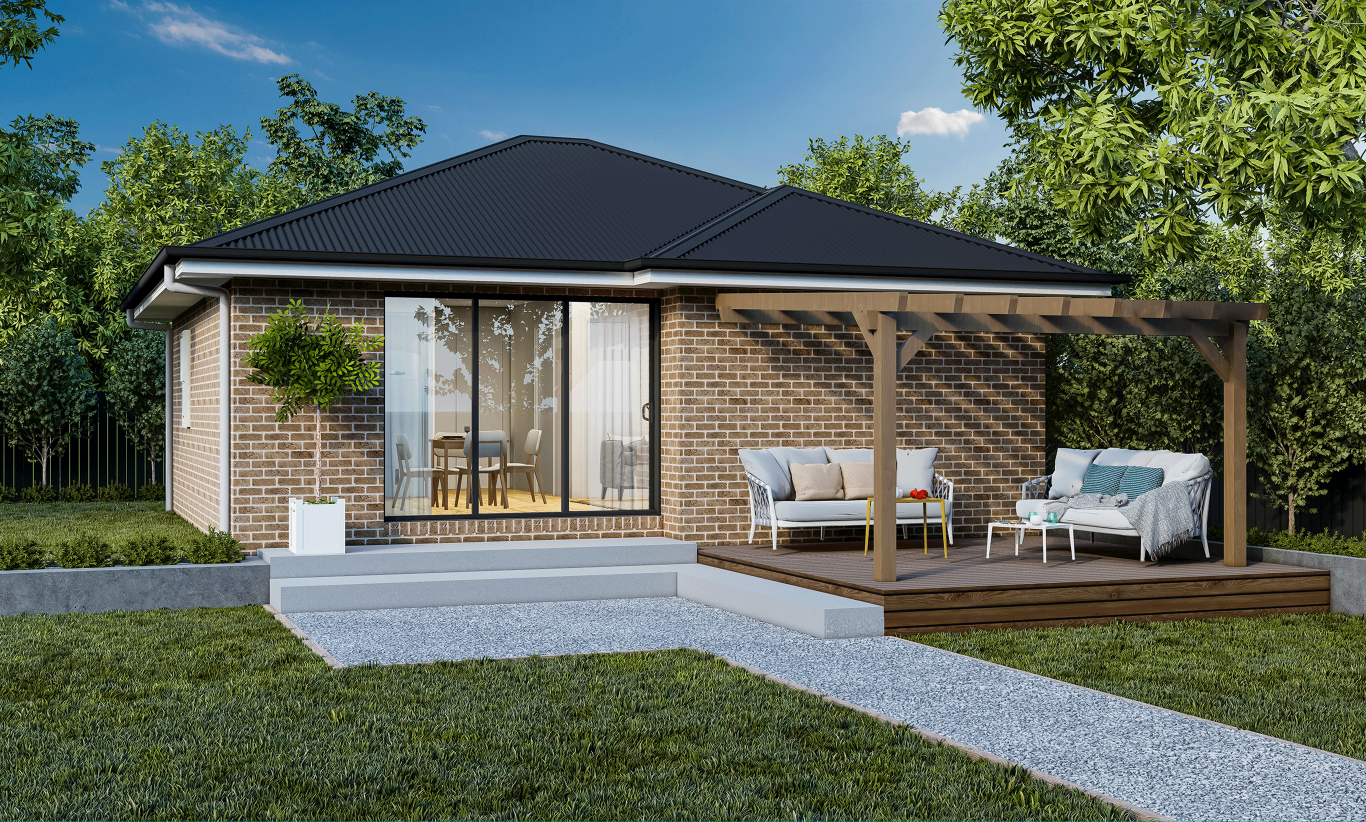
As housing costs continue to rise, finding affordable accommodation is becoming increasingly challenging. One solution that has been gaining traction in recent years is the construction of granny flats. These small, self-contained units offer a range of benefits, from providing additional living space to generating rental income. In this article, we will explore how granny flats are helping to address the affordable housing crisis and the potential they hold for both homeowners and tenants.
Benefits of Granny Flats
1. Affordable Housing Option
- Granny flats offer a more affordable housing option compared to traditional homes or apartments, making them an attractive choice for individuals or families on a budget.
- They can be a cost-effective way to create additional living space without the need for a separate property purchase.
2. Rental Income Potential
- Homeowners can generate rental income by leasing out their granny flats, helping to offset mortgage payments or supplement their income.
- Tenants benefit from more affordable rent in comparison to larger apartments or houses in the same area.
3. Flexibility and Versatility
- Granny flats can serve multiple purposes, from providing housing for elderly relatives to accommodating guests or serving as a home office.
- They can be customized to suit the specific needs and preferences of the homeowner or tenant.
Regulations and Considerations
1. Zoning and Permitting
- Before constructing a granny flat, homeowners must check local zoning regulations and obtain the necessary permits to ensure compliance with building codes.
- Some areas may have restrictions on the size, design, or use of granny flats, so it is essential to research and understand the regulations beforehand.
2. Design and Construction
- Homeowners should work with qualified architects and builders to design and construct granny flats that meet their needs and budget.
- Factors such as site suitability, access to utilities, and aesthetic considerations should be taken into account during the planning process.
3. Rental Agreements and Tenant Selection
- When renting out a granny flat, homeowners should establish clear rental agreements outlining terms, rent, and responsibilities to avoid misunderstandings with tenants.
- Screening potential tenants carefully can help ensure a positive renting experience and maintain a harmonious relationship between the homeowner and tenant.
Case Studies: Success Stories
1. The Johnson Family
The Johnson family decided to build a granny flat on their property to provide accommodation for their aging parents. Not only did this arrangement allow them to be close to their loved ones, but it also gave the parents a sense of independence while receiving care when needed.
2. The Patel Residence
The Patels constructed a granny flat in their backyard and rented it out to a young professional looking for affordable housing in the area. The additional rental income helped the Patels cover their mortgage payments and contributed to their savings.
Conclusion
Granny flats have emerged as a practical and innovative solution to the affordable housing crisis, offering a range of benefits for homeowners and tenants alike. Whether as a source of rental income, extra living space, or a flexible housing option, granny flats have the potential to unlock new housing possibilities and enhance community living. By understanding the regulations, considering the design and construction process, and exploring rental opportunities, homeowners can leverage the benefits of granny flats to address their housing needs effectively.